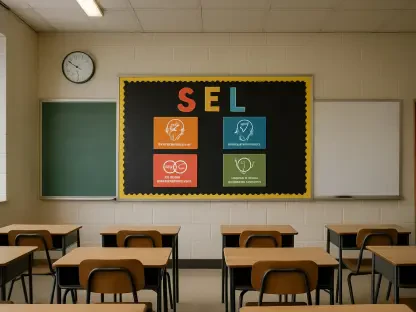Amid fluctuating economic tides and shifting political landscapes, the University of Minnesota is at a financial crossroads. The institution has embarked on a multifaceted strategic plan to navigate the evolving higher education sector’s financial intricacies. As federal and state funding remains precarious, public universities, including the University of Minnesota, seek new financial pathways to ensure sustainability and growth.
Overview of the Current Higher Education Landscape
The higher education landscape is increasingly marked by financial constraints as public and private institutions adapt to a changing economy. Major institutions have seen shifts in traditional funding sources, such as government grants and donations, impacting their budgets significantly. Higher education continues to drive economic benefits, but its fiscal ecosystem is fraught with volatility. Key funding channels, including federal and state support, dictate many institutions’ financial health, demanding adaptive strategies to maintain balance while maximizing their educational impact.
Financial Trends and Pressures in Higher Education
Shifts in Funding and Revenue Sources
In recent years, government funding cuts have left many educational institutions to increasingly depend on tuition fees as primary revenue sources. This shift results from donor behavior changes, where contributions are less predictable, compelling universities to explore alternative revenue mechanisms. Initiatives range from corporate partnerships to innovative research funding, marking a departure from traditional reliance on government allocations.
Enrollment Patterns and Economic Indicators
Recent statistics reveal shifts in enrollment patterns, with demographic changes affecting universities nationwide. For instance, increased international student enrollment has been tempered by political fluctuations, impacting overall revenue streams. Financial forecasts indicate that many institutions, including the University of Minnesota, must reassess their projections in light of economic pressures, focusing on core operations to maintain their upward trajectory.
Challenges Facing the University of Minnesota
As the institution adapts to these fiscal pressures, the University of Minnesota faces multifaceted challenges. The primary obstacle is the declining state and federal support, which forces the leadership to reallocate resources, raise tuition, and cut operational expenditures where feasible. Rising costs demand strategic workforce considerations, balancing employee investment with fiscal prudence, as the university seeks to align its ambitions with available resources.
Regulatory and Policy Environment
Various regulations shape higher education funding and operations, influencing the strategic decisions of universities. Federal and state governments play key roles, with recent policy changes further affecting their financial prospects. The University of Minnesota must navigate these legal frameworks carefully, balancing compliance with innovative strategies to maximize every revenue opportunity, ensuring obligations and ambitions are harmonized.
Future Prospects in Higher Education
The future of higher education will potentially see transformative changes in funding and operational modalities. Institutions like the University of Minnesota explore new education delivery models, harnessing technology to enhance teaching methods and student interactions. These innovations may redefine university functions, highlighting the need for financial ingenuity amid evolving educational needs and economic circumstances.
Conclusion and Strategic Recommendations
Reflecting on these insights, the University of Minnesota’s strategic approach underscores the dual focus on innovation and fiscal responsibility. Prioritizing financial resilience involves exploring diverse revenue streams, aligning operational structures, and emphasizing employee development linked with market needs. Proactive strategies, such as increased collaboration with industry partners and investment in digital learning initiatives, may encourage sustainable growth, providing a robust framework for adapting to future economic realities.









